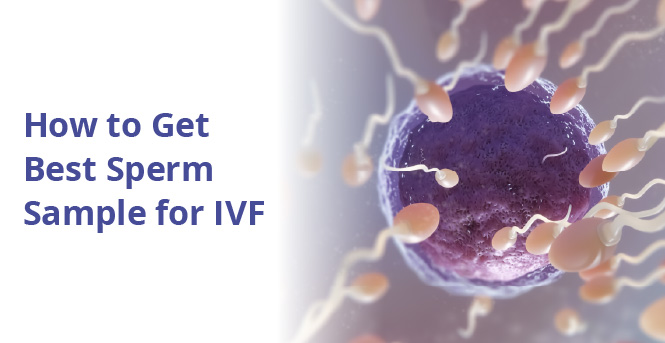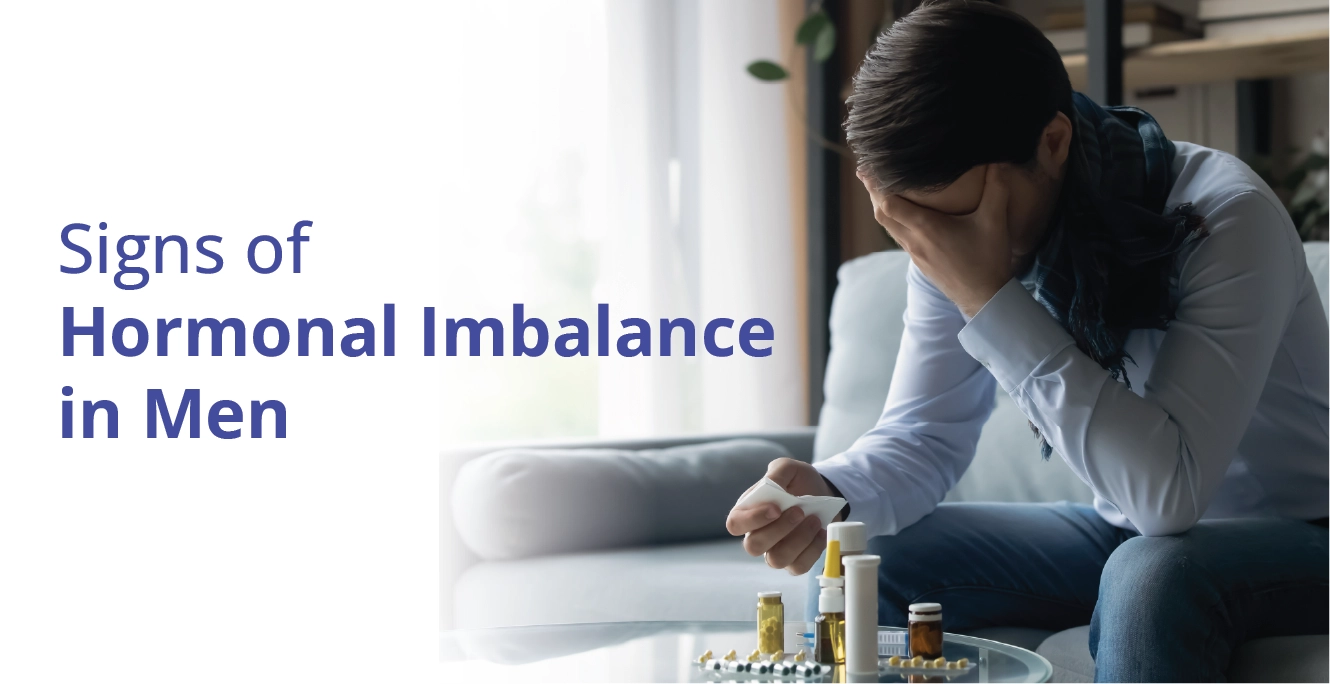
Undescended Testis (Cryptorchidism)

Table of Contents
- Undescended Testis (Cryptorchidism)
- How Common are Undescended Testes?
- When to See a Doctor?
- How to Prevent Cryptorchidism?
- Risk Factors of Undescended Testis (Cryptorchidism):
- Cryptorchidism Symptoms:
- Cryptorchidism Causes:
- Cryptorchidism Complications:
- Cryptorchidism Diagnosis:
- Cryptorchidism Treatment:
- Complications Associated with Cryptorchidism Surgery?
- What is the Long-Term Outlook for Children having Cryptorchidism?
- Conclusion
- FAQs
Undescended Testis (Cryptorchidism)
Undescended testis, or cryptorchidism, is a condition in which the testicles do not shift into their appropriate position in the scrotum before birth. Most times, it is only one testicle that is affected, but in around 10% of cases, both testes are involved. While cryptorchidism is relatively uncommon in full-term infants, it is seen in about 30% of premature babies.
Generally, the undescended testis descends naturally into the scrotum within the initial few months after birth. But in some cases, if this does not happen, doctors recommend a surgical procedure called orchiopexy. It helps reposition the testis and secure it in place. Go for an early undescended testis surgery because it reduces long-term risks and protects fertility.
In some cases, this displacement in the testicles may occur due to a certain muscle reflex. This is known as retractile testes. When the muscle reflex happens due to a cold or other conditions, the testicles are pulled out of the scrotum into the body. This condition usually gets resolved at puberty.
How Common are Undescended Testes?
Prevalence at Birth:
Around 3 to 4% of male children are born with an undescended testis. It can also be called full-term cryptorchidism. Premature newborns have a greater chance of having this because of their unfinished prenatal development (almost 30%).
Spontaneous descent:
In many cases, the testis descends within the first 6 months. By the end of the first year, only about 1% remain undescended.
Later childhood:
There are rare cases in which the testis ascends after delivery but is identified later. These are also known as acquired cryptorchidism.
When to See a Doctor?
Here are some timelines and scenarios during which you should see a doctor:
At 6 months: When the baby turns 6 months old, then parents should visit a paediatrician and check if the testicles have not yet descended. Post this timeline, natural descent is very rare.
Scrotal asymmetry: An undescended testis may be indicated if one side of the scrotum seems empty, smaller, or less developed.
Pain or discomfort: If your child is facing irritation, stomach pain, or swelling, then you should get them assessed by a doctor. Parents should speak to a urologist, since the risk of cancer and infertility increases with age if an undescended testis is left untreated.
How to Prevent Cryptorchidism?
There is no set method to prevent cryptorchidism because it is mostly controlled by hormonal imbalances, genetics, and variables related to foetal development. However, there are lifestyle and maternal practices that can lower the risk of cryptorchidism. Here they are:
Healthy maternal care:
One needs proper prenatal care to lower the risks of this condition since undescended testes are closely linked to prematurity.
Avoiding alcohol:
Women when pregnant should avoid consuming any kind of alcohol since it can impact the hormonal development of the foetus, resulting in cryptorchidism. Smoking is also prohibited during pregnancy.
Taking care of maternal health issues:
There are conditions like gestational diabetes, high blood pressure, and obesity that can increase the chances of an undescended testis. Controlling them lessens the likelihood of complications.
Limiting exposure to endocrine-disrupting chemicals:
Some environmental pollutants, such as pesticides and phthalates in plastics, can affect fetal hormone function.
Healthy weight throughout pregnancy:
Have a balanced diet full of nutrients and minerals since prematurity-causing pregnancy problems are less likely to occur when a woman maintains a healthy BMI.
Get symptoms diagnosed:
If you see the symptoms of an undescended testis, then get them checked properly by a physician. It is because there are times when the testicles may occasionally move up and down, which is different from actual cryptorchidism.
Risk Factors of Undescended Testis (Cryptorchidism):
An undescended testicle is rare but generally common in baby boys who are born prematurely. There are a few risk factors that may result in an undescended testicle; some of them are:
- Hereditary, or if this condition runs in the family
- Consumption of alcohol by the mother during pregnancy
- Active smoking by the mother can also impact fetal growth
- Premature birth and baby boys born with low birth weight
- Conditions like Down syndrome can also affect fetal growth and may lead to an undescended testicle
Cryptorchidism Symptoms:
Cryptorchidism is mostly asymptomatic. The only sign of cryptorchidism is the absence of testicles in the scrotum. If both testes suffer from cryptorchidism, then the scrotum will look flat and feel empty.
Cryptorchidism Causes:
The causes of cryptorchidism are still largely unknown. Conditions such as maternal health and genetic differences can cause a hormone imbalance that disrupts the testis’s development and can cause anomalies leading to cryptorchidism.
Some other causes include:
- Premature birth can be regarded as a cause of cryptorchidism; about 30 per cent of premature babies are born with cryptorchidism
- Not having adequate weight during birth
- If parents or family members have a history of cryptorchidism or similar problems with genital development, then it can be regarded as another cause of cryptorchidism. Treatment is required for the same.
- If the foetus has a genetic abnormality or bodily defect that restricts growth, then there is a probability of the development of cryptorchidism
- If the mother is exposed to alcohol or tobacco during pregnancy, then there is a chance that the child she bears will have an undescended testis
Cryptorchidism Complications:
For normal growth and function, the testicles require a cooler temperature environment. That’s where the scrotum comes in. It is the task of the scrotum to provide an adequate temperature environment for the testicles. So, when the testicles are not present in the scrotum, it generates a few complications. Some of the cryptorchidism complications are:
Fertility Problem
Men who have one or both of their testicles undescended are likely to suffer from fertility problems. If the condition is untreated, it can lead to reduced sperm quality, lower sperm counts, and a decrease in the ability to conceive.
Testicular Cancer
Production of immature sperm in the testicles can lead to the development of testicular cancer in men. The exact cause for the development of testicular cancer in the cells of the testicle is still unknown. Still, it is observed that men suffering from cryptorchidism have a higher risk of getting testicular cancer.
Testicular Torsion
When the testis rotates and twists the spermatic cord, the condition is called testicular torsion. This causes too much pain due to the cutting off of the blood supply and oxygen to the testicle. Testicular torsion occurs more frequently in men suffering from cryptorchidism than in otherwise healthy men.
Inguinal Hernia
A hernia is a protrusion of tissue through a weak spot in the muscle. An inguinal hernia happens when tissues such as the intestines push out of the abdominal wall, which is another complication related to cryptorchidism.
Trauma
In the case of cryptorchidism, the testicles might shift into the groin. If it does so, then there is a chance that it might be damaged due to the pressure against the pubic bone.
Cryptorchidism Diagnosis:
The methods used for diagnosing undescended testis (cryptorchidism) are as follows:
Laparoscopy
In laparoscopy, a small cut is made in the abdomen, and then a tiny camera attached to a tube is inserted through the hole. The process allows the doctor to detect whether the testis has shifted upwards. In some cases, treatment can be performed during the same procedure, though additional surgery may sometimes be required.
Open Surgery
In some cases, a larger cut might need to be made to explore the abdominal or groin area thoroughly. If the testicles are absent in the scrotum after birth, the doctor might order further testing. They are determined to be either missing or not in their original location. In most cases, this is diagnosed as cryptorchidism.
Cryptorchidism Treatment:
Cryptorchidism treatment aims at repositioning the testis to its appropriate position. Early detection and intervention will reduce the risk of complications, such as testicular cancer. Undescended testis treatment includes the following:
Surgery
Surgery is the most effective way to correct cryptorchidism. The surgeon will first use a technique called an orchiopexy, in which they lift and place the misplaced testis back into the scrotum. This can be done in two ways: with a laparoscope (a tiny camera that looks down on the surgical site) or through open surgery. In some cases, the testicles might have abnormalities like poorly developed or dead tissue. These dead tissues are removed during the surgical process. After surgery, the patient is monitored to ensure the testicles are developing, functioning, and remaining in place.
Complications Associated with Cryptorchidism Surgery?
- Bleeding or infection – As with any surgery, there is a small risk of bleeding, bruising, or wound infection at the incision site.
- Testicular atrophy – Rarely, the blood supply to the testis may be compromised during surgery, leading to shrinkage or loss of function.
- Recurrence (re-ascent) – In some cases, the testis may move back up from the scrotum after surgery, requiring further intervention.
- Scrotal haematoma – A Collection of blood inside the scrotum can cause swelling and discomfort.
- Hernia recurrence – If a hernia sac is present and repaired during orchiopexy, there is a chance of recurrence.
- Fertility issues – While surgery improves fertility chances, some men may still face reduced fertility later in life, especially if both testes were undescended.
- Anaesthetic risks – Reactions to anaesthesia, though rare, can occur in children undergoing the procedure.
- Chronic pain or discomfort – Very rare, but some patients may develop long-term pain in the scrotum or groin region.
Hormone Therapy
As opposed to other treatments, in rare cases, the healthcare provider may advise on hormonal treatment. Patients are injected with human chorionic gonadotropin (HCG) during hormone therapy. This hormone can potentially cause the testicle to relocate from the abdomen to the scrotum. However, hormone therapy is not always recommended, as it is not as effective as surgery.
What is the Long-Term Outlook for Children having Cryptorchidism?
The timing of a child’s diagnosis and treatment has a significant impact on their long-term results. The outlook is generally very good if treated early, ideally before 12–18 months of age.
- Fertility potential –
- Unilateral cryptorchidism, or having one undescended testis, typically results in normal adult fertility in boys, particularly if treatment is received early.
- Fertility may be decreased in situations of bilateral cryptorchidism; however, sperm production and the likelihood of a spontaneous conception are greatly increased by early surgery (orchiopexy).
- Testicular cancer risk –
- Compared to the general population, there is still a modest increase in the risk of testicular cancer even after surgery.
- On the other hand, orchiopexy facilitates early abnormality detection by self-examination and medical examinations.
- Hormonal health –
- The majority of kids who receive undescended testis surgery on time experience normal testosterone levels, which guarantees healthy puberty and male sexual development.
- Psychological and physical well-being –
- Adolescents who have their testes in the proper scrotal location experience less social or emotional stress and have better body image and self-confidence.
- Overall prognosis –
- Most boys with cryptorchidism have robust, normal sexual development and strong fertility chances if they are diagnosed early and have surgery on time.
- Throughout adolescence and adulthood, routine checkups are advised to track fertility and check for uncommon issues.
Conclusion
We hope that we have clarified the cryptorchidism meaning for you. To summarise, “What is cryptorchidism?”. It is a condition in male children where the testicles do not normally descend into the scrotal sac. Generally, the undescended testis corrects itself by moving to the appropriate position within the first few months of life, but if that doesn’t happen, the condition can affect reproductive health if left untreated.
Hence, the sooner the treatment is done, the better. Cryptorchidism can be easily treated with surgery and, in some cases, with hormone therapy. To know more regarding this issue, visit your nearest Birla Fertility and IVF centre or book an appointment.
FAQs
Is Cryptorchidism the Same as Undescended Testis?
Yes, both cryptorchidism and undescended testis refer to the same condition.
Can Cryptorchidism Be Corrected?
Yes, cryptorchidism can be corrected by surgery and, in some cases, by hormone therapy.
Is Undescended Testis Always Found in Babies?
No, not always. But it is estimated that about 1 in every 25 boys are born with cryptorchidism.
Our Fertility Specialists
Related Blogs
To know more
Birla Fertility & IVF aims at transforming the future of fertility globally, through outstanding clinical outcomes, research, innovation and compassionate care.
Had an IVF Failure?
Talk to our fertility experts

 Our Centers
Our Centers
















